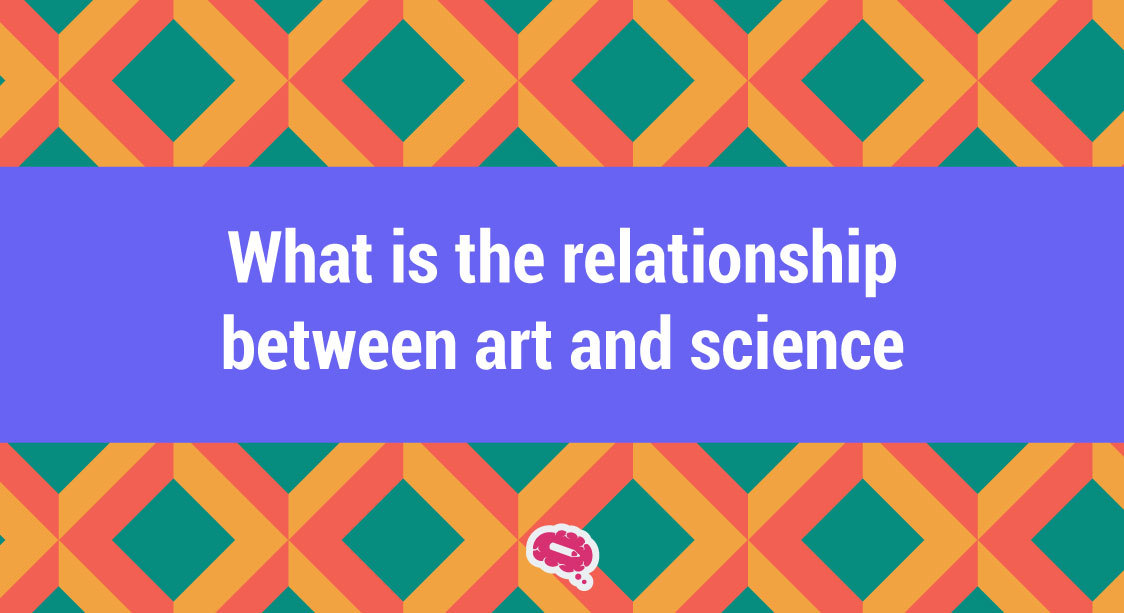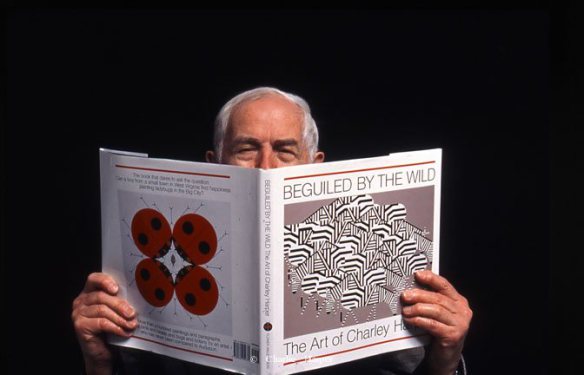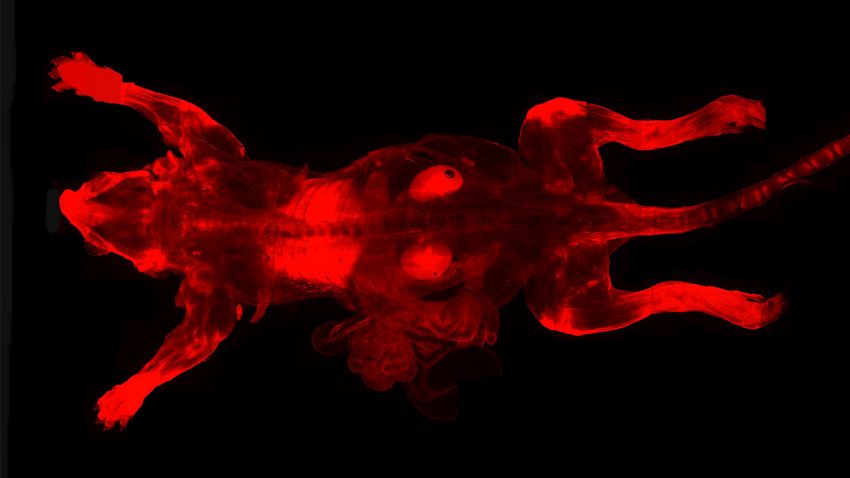The relationship between art and science is a captivating and complex interplay that has fascinated thinkers, creators, and scholars throughout history. Although seemingly distinct disciplines, art and science are more interconnected than one might initially perceive. Art, often associated with creativity, imagination, and aesthetic expression, and science, characterized by logic, observation, and empirical evidence, share a profound connection that transcends their apparent differences. Together, they form a symbiotic relationship, influencing and enriching one another in ways that push the boundaries of human understanding and creativity.
Art and science, at their core, are both methods of inquiry into the nature of the world. While science seeks to understand and explain phenomena through rigorous observation, experimentation, and analysis, art explores the world through subjective interpretations, emotions, and sensory experiences. Both disciplines strive to make sense of the world and communicate their findings to others, albeit through different means.
This Mind the Graph article delves into the question, “What is the relationship between art and science?” In a ludic and comprehensive approach, it explores the dynamic interplay between these two seemingly distinct disciplines.
Definition Of Art and Science
Art refers to the expression or application of human creativity and imagination through various mediums such as visual arts (painting, sculpture, drawing), performing arts (music, dance, theater), literature, film, and more. It encompasses a wide range of disciplines and forms of expression, reflecting subjective interpretations, emotions, aesthetics, and cultural contexts. Artistic endeavors often aim to evoke sensations, provoke thought, convey ideas, or communicate experiences, providing a means for individuals to explore and express their perceptions and perspectives of the world.
Science, on the other hand, is a systematic and empirical approach to understanding the natural world. It involves the study of the structure, behavior, and processes of the physical and natural world through observation, experimentation, and analysis. Science relies on rigorous methodologies, logical reasoning, and the scientific method to formulate and test hypotheses, develop theories, and uncover knowledge about the workings of the universe. Scientific disciplines encompass fields such as physics, chemistry, biology, astronomy, psychology, and many others, intending to advance human understanding, making predictions, and solving practical problems.
Purpose Of Art And Science
The purpose of art is to inspire, provoke thought, evoke emotions, and communicate ideas through subjective expression, fostering cultural reflection, empathy, and social change.
Science seeks to systematically explore the natural world, uncover objective knowledge, and advance our understanding of the universe, leading to technological advancements, practical applications, and intellectual growth.
While distinct, art and science can intersect, with art bridging scientific concepts to the public and science inspiring artistic innovation. Both contribute to our intellectual and cultural development, enriching our lives and expanding our perspectives.
History Between Art And Science
After all, what is the relationship between art and science? Throughout history, the relationship between art and science has evolved and manifested in various ways. From prehistoric times to the Renaissance period and into modern times, the interplay between these domains has shaped human culture, knowledge, and creativity.

Prehistoric Times
In prehistoric times, art and science were closely intertwined. Cave paintings, such as those found in Lascaux and Altamira, depict animals, hunting scenes, and celestial objects, reflecting early scientific observations and a fascination with the natural world. These artworks served as a means of communication, storytelling, and cultural expression, while also revealing an early understanding of the environment and its inhabitants.
Ancient Greece
Ancient Greece is recognized as a pivotal period for the development of both art and science. Greek philosophers, such as Plato and Aristotle, explored topics ranging from metaphysics to biology, laying the foundation for scientific inquiry. Greek art, with its emphasis on idealized human forms and mathematical principles, showcased the interplay between aesthetics and mathematical proportions.
The Renaissance Period
The Renaissance, spanning the 14th to 17th centuries, witnessed a remarkable convergence of art and science. Artists like Leonardo da Vinci epitomized this union, embodying the concept of the “Renaissance man.” Da Vinci’s scientific inquiries, including anatomical studies and investigations into engineering principles, informed his artistic works. His paintings, such as the enigmatic “Mona Lisa,” showcased meticulous attention to detail and a deep understanding of human anatomy and expression. The Renaissance period also saw the rise of perspective in art, influenced by scientific advancements in optics and geometry.
Enlightenment Era
The Enlightenment era, which occurred in the 18th century, emphasized reason, empirical observation, and critical thinking. The scientific revolution led to breakthroughs in physics, chemistry, and biology, expanding our understanding of the natural world. This period also witnessed the rise of neoclassical art, which drew inspiration from ancient Greek and Roman art, reflecting a desire for rationality, order, and balance.
Modern Times
In modern times, the relationship between art and science has continued to evolve. The emergence of photography, film, and digital media has expanded artistic possibilities, blending artistic expression with technological advancements. Artists have increasingly drawn inspiration from scientific concepts, theories, and discoveries, incorporating them into their works. From the exploration of abstract concepts like quantum physics to the examination of ecological issues and technological advancements, art has become a medium for addressing and reflecting on scientific and societal developments.
Contemporary Era
The contemporary era, from the 20th century to the present, has seen a further intertwining of art and science. The advent of new technologies, such as photography, video, and digital media, has revolutionized artistic practices. Artists today explore scientific concepts, engage with cutting-edge research, and address pressing social and environmental issues through their works. This era has witnessed the emergence of fields like bioart, where artists collaborate with scientists to explore biological processes and ethics.
Skills Used In Both Art And Science
Having addressed the question of “What is the relationship between art and science?”, it is now essential to explore the common skills shared by these two disciplines. Art and science share common skills that are integral to their creative and investigative processes. These skills include creative thinking, analytical thinking, problem-solving, critical thinking, visualization, and communication. These skills bridge the gap between art and science, fostering interdisciplinary collaboration and opening up new possibilities for innovation and understanding.
Creative Thinking
Both art and science require creative thinking to generate new ideas, approaches, and solutions. Artists and scientists must think outside the box, challenge conventions, and explore innovative possibilities.
Analytical Thinking
Analytical thinking is essential in both art and science. Artists analyze elements such as composition, color theory, and form to create harmonious and impactful artworks. Scientists analyze data, observations, and experiments to derive meaningful conclusions and formulate theories.
Problem-Solving
Both art and science involve problem-solving skills. Artists encounter challenges in translating their ideas into tangible forms, while scientists face obstacles in understanding complex phenomena or finding solutions to scientific problems. Both disciplines require the ability to identify, analyze, and solve problems effectively.
Critical Thinking
Critical thinking is crucial in both art and science. Artists critically evaluate their work, seeking coherence, meaning, and emotional impact. Scientists critically analyze research findings, question assumptions, and evaluate the validity of theories and hypotheses.
Visualization
Visualization is a shared skill in art and science. Artists visualize their concepts and bring them to life through various artistic mediums, while scientists visualize complex data and abstract concepts to facilitate understanding and communication.
Communication
Effective communication is vital in both art and science. Artists communicate their ideas, emotions, and messages through their artworks, aiming to engage and provoke responses in viewers. Scientists communicate their research findings, theories, and discoveries to peers and the broader public, aiming to disseminate knowledge and promote understanding.
Connections Between Art And Science
Art and science, seemingly distinct disciplines, are interconnected in various ways. They share common threads that demonstrate their mutual influence and reliance on each other.
- Art draws inspiration from scientific concepts, incorporating them into artistic expressions.
- Visualization and representation are crucial in both art and science for conveying ideas and concepts.
- Artists and scientists share a focus on observation and perception to capture details and understand the world.
- Experimentation and exploration are common to both disciplines, pushing boundaries and uncovering new truths.
- Communication and expression are fundamental in art and science, conveying emotions, ideas, and research findings.
- Aesthetics and beauty are valued in both domains, appreciating the visual appeal and elegance of artistic and scientific creations.
In summary, art and science are interconnected through creative inspiration, visualization, observation, experimentation, communication, and the appreciation of aesthetics.
Similar Goals: Understanding The World Around Us
Art and science both strive to understand the world around us, albeit through different approaches. While artists explore subjective interpretation and emotional expression, scientists employ systematic observation and empirical investigation. Both disciplines address existential questions, inspire curiosity, and rely on observation and interpretation. By recognizing and embracing the connections between art and science, we can gain a deeper and more comprehensive understanding of our existence and our place in the universe.
Visually Appealing Figures For Your Research
Mind the Graph is a game-changing online platform that helps scientists create visually stunning figures for their research. With an extensive library of scientific illustrations, easy customization options, and a user-friendly interface, researchers can effortlessly design captivating visuals that effectively communicate complex concepts. Elevate your research, captivate your audience, and make a lasting impact with Mind the Graph. Sign up for free.

Subscribe to our newsletter
Exclusive high quality content about effective visual
communication in science.





